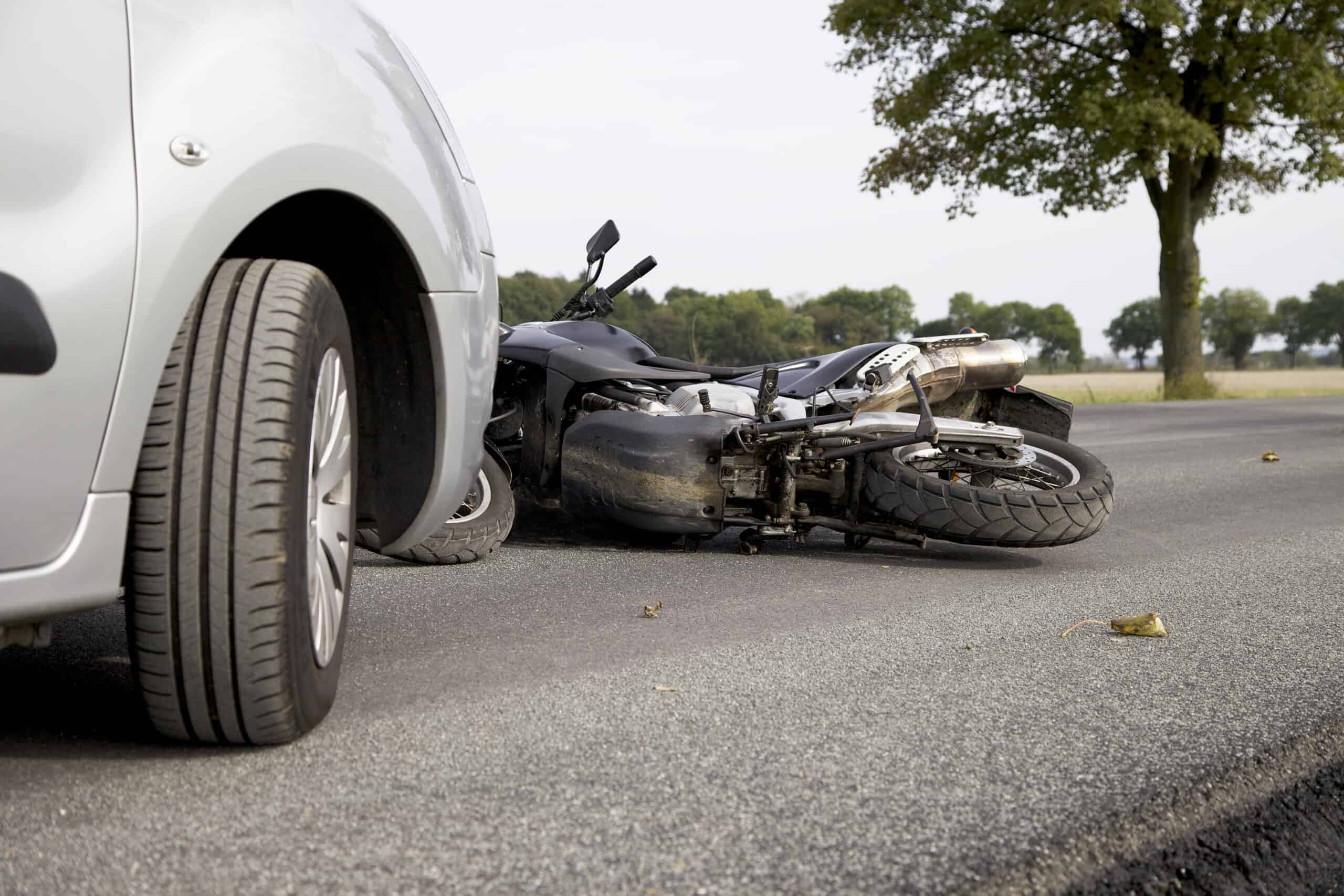As summer hits its peak, many motorcycle enthusiasts take to the roads, enjoying the freedom of riding on two wheels. While some riders use motorcycles for leisure, others rely on them as their primary mode of transportation. However, motorcyclists face unique risks compared to other road users, primarily due to the lack of physical protection. In the event of a crash, motorcyclists are often at a greater risk of severe injuries, especially to their hands and wrists. Although gloves provide some level of protection, they are insufficient to prevent serious injuries. This article explores various hand and wrist injuries that can occur in motorcycle accidents and offers insights into their treatment and prevention.

Dislocations
Wrist Dislocations: During a motorcycle crash, it’s common for riders to instinctively extend their arms to break their fall. This reaction can place immense pressure on the wrist joint, leading to dislocation. A dislocated wrist results in severe pain, swelling, and a lengthy recovery period. The wrist joint, which connects the hand to the forearm, is essential for a wide range of hand movements. When dislocated, it can severely impact your ability to perform everyday tasks.
Finger Dislocations: Fingers are comprised of several joints, all of which can be dislocated during an accident. Dislocated fingers are extremely painful and can cause significant functional impairment. Recovery from such injuries may take weeks to months, often involving physical therapy to restore full range of motion and strength.
Fractures
Wrist Fractures: Wrist fractures are a common injury for motorcyclists, typically occurring when riders attempt to break their fall by putting their hands out. The distal radius and scaphoid bones in the wrist are particularly vulnerable. If not treated properly, a fracture in these bones can lead to chronic pain, reduced mobility, and potentially long-term disability.
Hand and Finger Fractures: In addition to wrist fractures, the bones in the hand and fingers are also susceptible to fractures. The metacarpal bones in the hand and the phalanges in the fingers can be broken from direct impact or from trying to catch oneself during a fall. Treatment often requires immobilization with casts or, in severe cases, surgical intervention to realign and stabilize the bones.
Tendon and Ligament Injuries
Tendon Injuries: Tendons connect muscles to bones and are crucial for hand movements. High-impact trauma can damage tendons in the hand and wrist in motorcycle accidents. Injuries to tendons can lead to significant pain, swelling, and loss of hand function. Recovery often involves a combination of rest, physical therapy, and possibly surgery to repair torn tendons.
Ligament Injuries: Ligaments connect bones to other bones and are vital for joint stability. Motorcycle accidents can cause sprains or tears to ligaments in the wrist and hand. These injuries can lead to long-term instability and pain, requiring comprehensive treatment including rest, bracing, and physical therapy.
Amputations
Hand and Finger Amputations: One of the most severe types of hand injuries resulting from motorcycle accidents is amputation. This can occur if the hands become trapped under the motorcycle or in other vehicle components. Amputations are life-altering injuries that require extensive medical intervention and rehabilitation. While prosthetics and rehabilitation can help individuals adapt to their new circumstances, the impact on daily life and personal well-being is profound.
Road Rash and Skin Injuries
Road Rash: Skin abrasions from sliding across the pavement are a common injury for motorcyclists. Road rash can vary in severity from mild abrasions to deep, painful wounds. Protective gear, including gloves and armored clothing, can reduce the severity of road rash but not eliminate it entirely. Severe cases may require surgical treatment and can lead to long-term skin damage and scarring.
Treatment and Prevention
Treatment: The treatment for these injuries varies based on their severity. Dislocations often require reduction (realignment) and immobilization. Fractures may need casting or surgery depending on their complexity. Tendon and ligament injuries typically require rest, physical therapy, and in some cases, surgery. Amputations necessitate prosthetic fittings and extensive rehabilitation. Road rash treatment focuses on wound care to prevent infection and promote healing.
Prevention: While complete prevention is challenging, wearing appropriate protective gear is crucial. High-quality motorcycle gloves, leather jackets, and protective pants can mitigate the risk of severe injuries. Additionally, riders should undergo safety training and practice defensive riding techniques to reduce the likelihood of accidents.

Summary
Motorcycle accidents can lead to a range of severe hand and wrist injuries, including dislocations, fractures, tendon and ligament injuries, amputations, and road rash. Understanding these injuries, their treatment options, and prevention strategies is essential for any motorcyclist. Ensuring proper protective gear and seeking timely medical and legal assistance can significantly improve recovery outcomes and overall quality of life after an accident.
You Deserve A Quality Motorcycle Accident Attorney
If a motorcycle accident results from another road user’s negligence, you have the right to seek compensation for your injuries. Consulting a legal expert who specializes in personal injury law can help you navigate the complexities of your case and obtain the justice you deserve. A knowledgeable attorney can assist with claims related to medical expenses, lost wages, and other damages resulting from the accident. Contact a motorcycle accident lawyer from Doehrman Buba Ring today for a free consultation.



